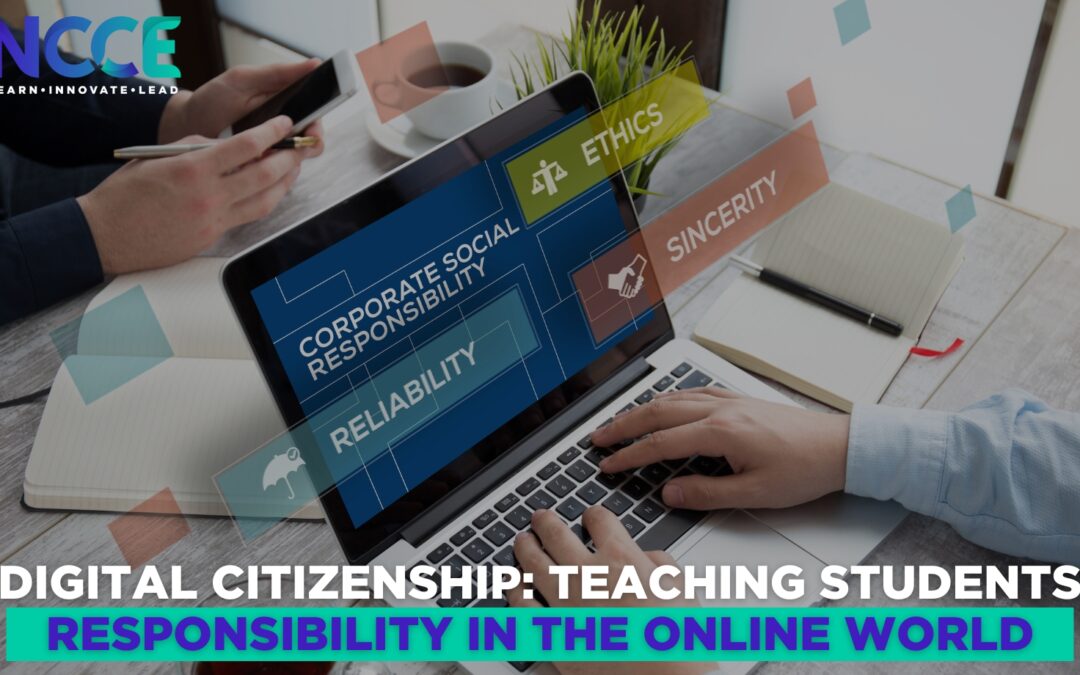In the last few decades, many have referred to the digital world as the “Wild West.” It is an exciting time in which innovative new solutions and opportunities are available that were unheard of not too long ago. But at Northwest Council for Computer Education (NCCE), we also know that it is uncharted territory, and for that reason, especially when it comes to our students, there is a need for us to create a sense of digital citizenship and responsibility as we navigate what can seem like a jungle.
With the rapid advancement of technology, today’s youth are learning and forming relationships in ways that differ significantly from past generations. Digital Citizenship serves as a guidebook for essential digital life skills needed to succeed in the modern world. It emphasizes emotional intelligence (EQ), including empathy, self-awareness, and confidence—qualities often lacking in the young people who have to navigate today’s online environment. Besides having access to devices and vast information, students need skills like real-world balance, digital literacy, responsibility, and accountability to navigate the digital landscape effectively.
What is Digital Citizenship?
Digital citizenship refers to the responsible use of technology to engage with others. It encompasses knowledge, skills, and mindsets toward using technology and includes multiple components, such as digital literacy, ethics, etiquette, online safety, and responsibility. For students, digital citizenship is about understanding and adhering to acceptable and effective standards of behavior when using technology.
Putting It into Practice in the Classroom
Design assignments requiring multiple solutions: Encourage creativity and critical thinking by designing assignments that allow for various solutions.
Ask students to describe what someone does not mean: Develop students’ interpretative skills by having them describe what someone does not mean. This teaches them to think critically about the content and context of messages they encounter online.
Use News & Media Literacy lessons to foster critical thinking about the reliability of online information: Incorporate lessons focused on news and media literacy to help students critically evaluate the information they find online.
Explain media innuendoes, discuss word meanings, and their implications: This practice helps students understand the power of language and the potential for words to be interpreted in different ways.
Discuss digital wellness and the balance between screen time and offline activities: Educate students about the importance of digital wellness, including the need to balance screen time with offline activities. Discuss the physical and psychological impacts of excessive technology use, such as eye strain, poor posture, and anxiety.
Check out ISTE’s new digital citizenship lessons today for teachers and educators or visit our website at NCCE to contact us today.

